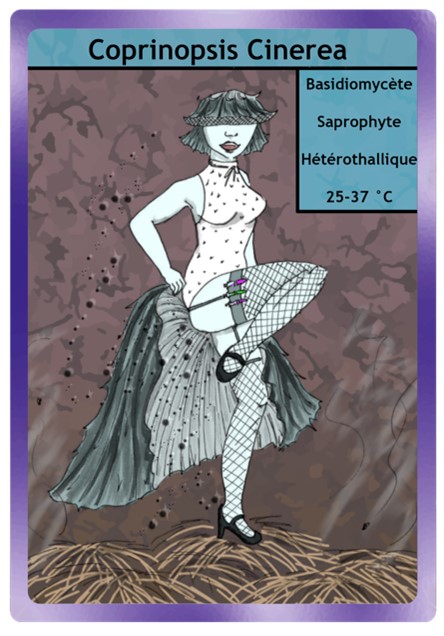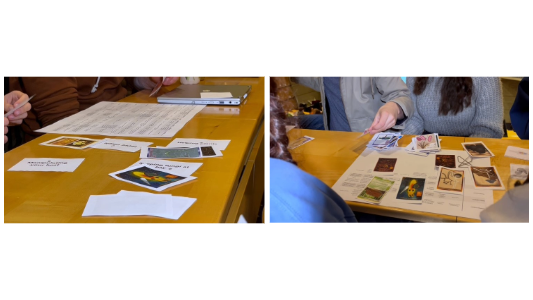Playing while learning: creation of a card game featuring microbial characters and their ecological functions
Posted on March 5, 2024 by Saskia Bindschedler and Pilar Junier
Saskia Bindschedler and Pilar Junier take us behind the scenes of their latest publication 'Gamification as a tool to teach key concepts in microbiology to bachelor-level students in biology: a case study using microbial interactions and soil functioning' published in Access Microbiology.
Hi, we’re Saskia Bindschedler and Pilar Junier, we’re Professors at the University of Neuchâtel, Switzerland.
Our contribution focuses on the innovative use of gamification for teaching microbiology. Given the inherent challenge of microbiology which features mostly invisible subjects, traditional teaching methods often fall short in fully engaging students. This is particularly true in broad curricula such as biology or natural sciences. Within a broad curricula microbiology competes for student interest and engagement against more accessible topics and study objects, such as animals and plants, which are visible to the naked eye. Recognising the need for more dynamic and interactive teaching tools, we developed an approach that consists of creating a card game in collaboration with the students; to not only spark their interest in the microscopic world, but also to shift the narrative towards the positive impacts of microorganisms on ecosystems.

By moving away from the traditional focus on the negative aspects of microorganisms (such as their link to diseases) and highlighting their beneficial roles, we try to provide a more balanced and engaging learning experience. The game is designed to be adaptable, supporting the teaching of both basic concepts like morphology and taxonomy, as well as more advanced topics such as metabolism, ecological functions, and biological interactions. The process of developing and implementing our gamified teaching tool was both challenging and incredibly rewarding. Initially, many students found the acquisition of microbiological concepts dismaying, due to their abstract nature and the invisibility of the subjects under study. However, as we integrated the game into our teaching, we observed a remarkable change.
Seeing students actively use new vocabulary and grasp concepts that once seemed arduous to learn was profoundly gratifying. It was especially memorable to watch them not only learning microbiology through the game, but also using this opportunity to unleash their creativity. They began to see microbiology not just as a subject to be studied but as a fascinating world to be explored and appreciated. This transition from apprehension to enthusiasm and from passive learning to active engagement encapsulated the very essence of why we embarked on this initiative.

We believe that the importance of our study lies in its potential to significantly enhance student engagement and understanding of less appealing topics such as microbiology. By incorporating gamification into the curriculum, we not only made learning more interactive and enjoyable, but also facilitated a deeper comprehension and appreciation of microbiology’s role in the natural world. This approach not only offers an innovative way to develop transferable skills—such as literature searching, critical thinking, and effective communication—but also makes a valuable addition to science education overall. The process also highlighted the power of innovative teaching methods in overcoming educational barriers and making complex subjects accessible and enjoyable. This experience reinforced our belief in the importance of continually seeking and testing new approaches to education, especially in fields that present unique teaching challenges like microbiology.

